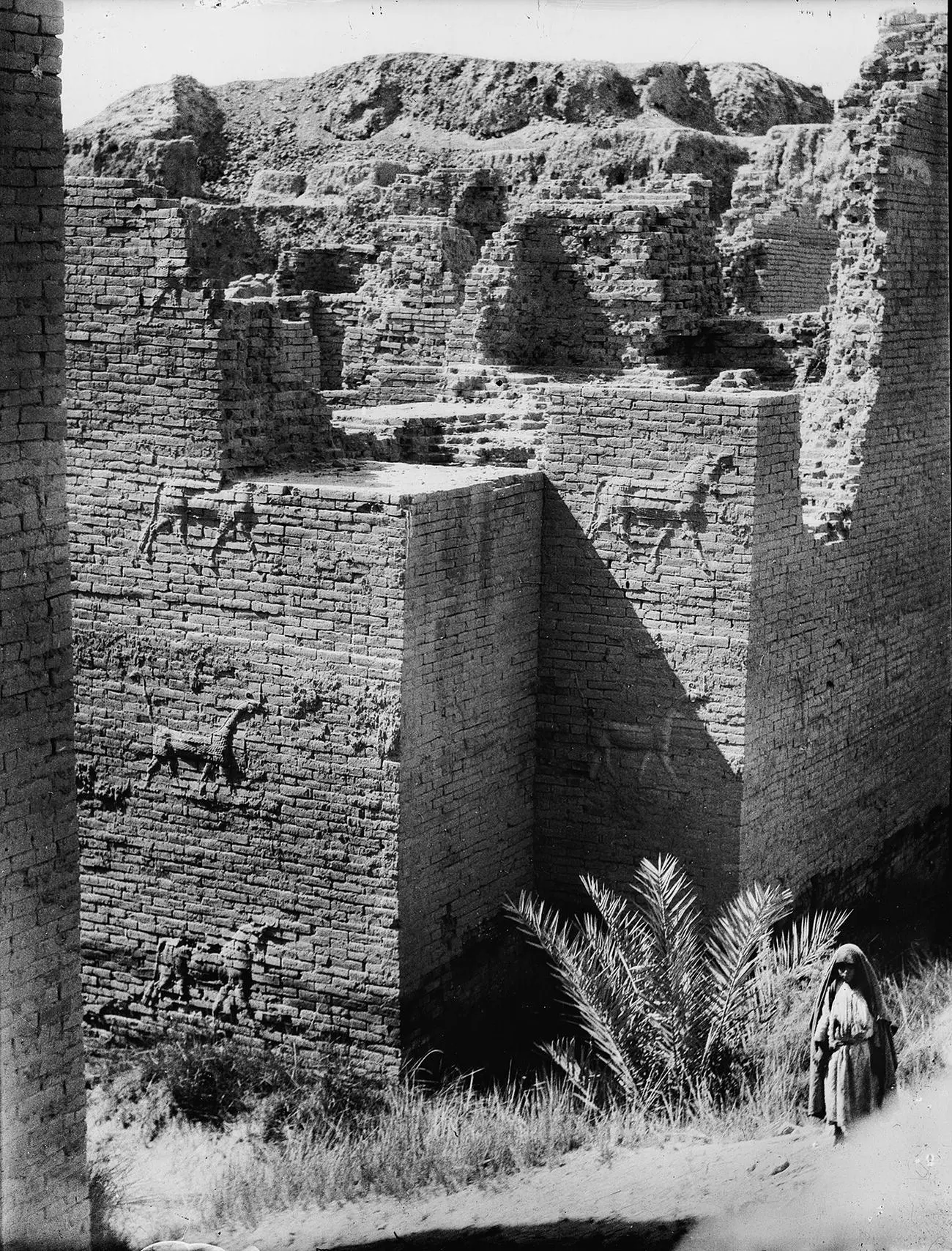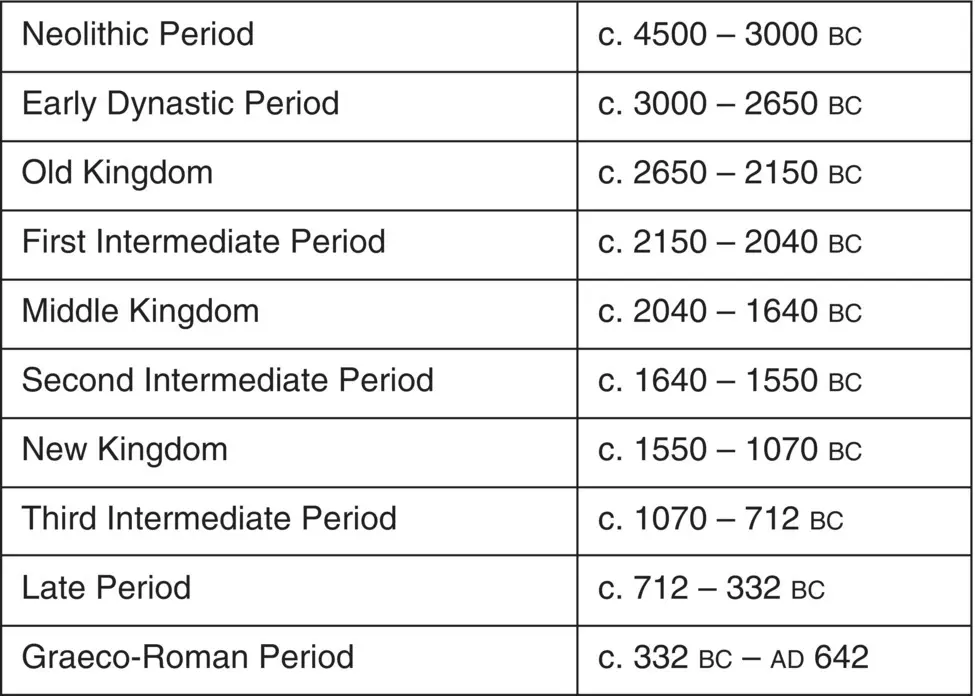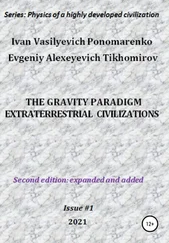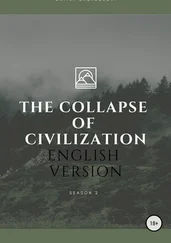The Code of Ur‐Nammu (r. 2047–2030 BC) consists of 57 laws inscribed on clay tablets. The laws are stated in a simple form: If this is the crime, then this is the punishment. It differs from the later Code of Hammurabi in that it prescribes monetary compensation for crimes that cause physical harm, except in cases of murder, robbery, adultery, and rape, which were capital offenses.
The first two fragments of the Code of Ur‐Nammu were found at Nippur in Sumer and translated in 1952. They contained the prologue and five of the laws. Additional tablets were found at Ur and translated in 1965. Something of a social class structure in society at the time can be deduced from the code. All of the people below the king were divided into two classes, free and slave.

Figure 1.2The Ishtar Gate, entrance to the inner city of ancient Babylon, was constructed by King Nebuchadnezzar II c. 575 BC.
Source: Library of Congress, Prints and Photographs Collections.
Better known is the Code of Hammurabi issued in 1754 BC, during the Old Babylonian Empire. The Code of Hammurabi was found at Susa in 1901 by Jean‐Vincent Scheil (1858–1940), a French Dominican scholar. Scheil translated and published the code in 1902. The code consists of 282 laws found on 12 tablets. Unlike the Code of Ur‐Nammu, Hammurabi's law code follows the principle of “an eye for an eye and a tooth for a tooth,” the law of retaliation, or Lex Talionis . Punishment varied according to whether the injured party was a nobleman or a commoner.
If a man has destroyed the eye of a man of the ‘gentleman’ class, they shall destroy his eye. If he has broken a gentleman's bone, they shall break his bone. If he has destroyed the eye of a commoner or broken a bone of a commoner, he shall pay one mina of silver. If he has destroyed the eye of a gentleman's slave, he shall pay half the slave's price.
(From The Code of Hammurabi, 2019)
Around 1600 BC, the Babylonian Empire collapsed when invaded from the north by the Hittites and from the east by the Kassites. The Hittites plundered and then left, but the Kassites remained and ruled Mesopotamia for the next five centuries.
The Hittites were a powerful empire in Anatolia between c. 1700 BC and c. 1200 BC. They spoke an Indo‐European 3 language and entered Anatolia as part of a widespread migration of Indo‐European people. The Hittites were the first to work iron, although they did not use it for weapons. The fall of the Hittite Empire was a part of the general, catastrophic collapse of the Bronze Age civilizations at the end of the thirteenth century bc. The collapse was brought about by invasions (or migrations) of Indo‐Europeans from the north, and repeated attacks from the sea by a mysterious people known as the “Sea People.”
About the time that cities and writing were appearing in Mesopotamia, civilization was emerging at the southern end of the Fertile Crescent along the Nile River. Ancient Egypt occupied 450 miles (724 km) of the Nile River valley from the first cataract 4 to the Mediterranean Sea. The regular flooding of the Nile created a narrow band of cultivatable land that varied from 5 to 25 miles wide. It was possible to produce two crops per year. It was there, in that narrow band of fertile soil, the “Black Land,” that civilization developed. Beyond it on both sides were the vast barren oceans of desert sand, the “Red Land.”
Not only did the Nile make agriculture – and with it, civilized life – possible, it was easily navigated, thus providing a measure of unity between Upper (southern) and Lower (northern) Egypt. Relative isolation benefitted ancient Egypt. Invading armies had to either go down the Nile River, where they would be easy targets for defending forces, or cross the Sinai Peninsula, a wide desert. From the beginning of Egypt's history in c. 3100 BC, until it became a part of the Roman Empire in 30 BC, the sight of invading armies was rare. Thus, the Egyptians experienced a sense of regularity, permanence, and security unknown to the people of Mesopotamia.

Figure 1.3Chronology of ancient Egypt.
Around 3100 BC, Upper and Lower Egypt were unified by Narmer, who became the founder of the first dynasty and thus the first king, or pharaoh, of Egypt. 5 The history of ancient Egypt is divided into 31 dynasties beginning in c. 3100 BC and concluding in 30 BC, and further divided into the Early Dynastic Period, Old Kingdom, First Intermediate Period, Middle Kingdom, Second Intermediate Period, New Kingdom (or Empire), and Post‐Empire.
The pharaohs of the Old Kingdom (c. 2700–c. 2200 BC) ruled from Memphis in Upper Egypt. Unlike the kings in Mesopotamia, who were servants of the gods, the pharaoh was a living god, often associated with the falcon‐headed god Horus. Upon death, the pharaoh became Osiris, god of the dead. In life, it was his duty to maintain Ma'at – harmony, continuity, unchanging order, justice, and truth. In so doing, the pharaoh guaranteed the safety and prosperity of the people. If he failed to rule wisely, chaos would return in the form of famine or some other disaster. As the possessor of Ma'at, the pharaoh was the source of law and justice. Hence, the Egyptians never developed a law code. There was no need for one.
During the Old Kingdom only the pharaoh, and those he chose to be with him, enjoyed an afterlife. It was important to preserve the pharaoh's body and to provide him with the things he would need in his afterlife. Pyramids of great size, and later tombs, were constructed and filled with the objects, or models of them, that the pharaoh would need. Scenes depicting hunting or other events that the pharaoh enjoyed in life were carved or painted on the walls. They would become reality in the afterlife.
The Egyptians developed a system of writing that combined pictographs and symbols representing sounds in a script referred to as hieroglyphs (“sacred carvings”), meaning “god's words.” By inventing the 24 signs for the sounds of consonants, the Egyptians invented the alphabet, or at least the principle of the alphabet. Because of the abundance of Cyperus papyrus, an aquatic plant that grew along the Nile especially in the Delta, the Egyptians were able to make a form of paper known simply as papyrus. Instead of having to make wedge‐shaped marks in clay tablets as in Sumerian cuneiform, the Egyptians could use pen and ink to write hieroglyphs on papyrus, as well as carve them or paint them on stone.
The construction of the pyramids during the Old Kingdom testifies to the absolute power of the pharaohs, as well as the engineering skills of the Egyptians. Contrary to the impression one may get from Hollywood, the pyramids were not built by slaves. During the three months each year when the flood waters of the Nile covered the arable land and farming ceased, thousands of peasants were put to work constructing the pyramids. By ensuring the preservation of the pharaoh's body, they were ensuring the continuity of the rhythm of life, especially the regularity of the Nile's flooding upon which life depended.
The pyramids are among the most impressive man‐made wonders in history. The first pyramid was built for Djoser (r. c. 2686–c. 2613 BC) at Saqqara, on the west bank of the Nile River opposite Memphis. It has six stepped layers of stone that reached a height of 204 ft. (62 m). The pyramid was surrounded by a 40‐acre (16‐ha) complex of temples and other buildings enclosed by a 30 ft. (9.1m) high wall. The Step pyramid, as it is called, was designed by history's first known architect, Imhotep (c. 3000–c. 2950 BC).
Читать дальше














